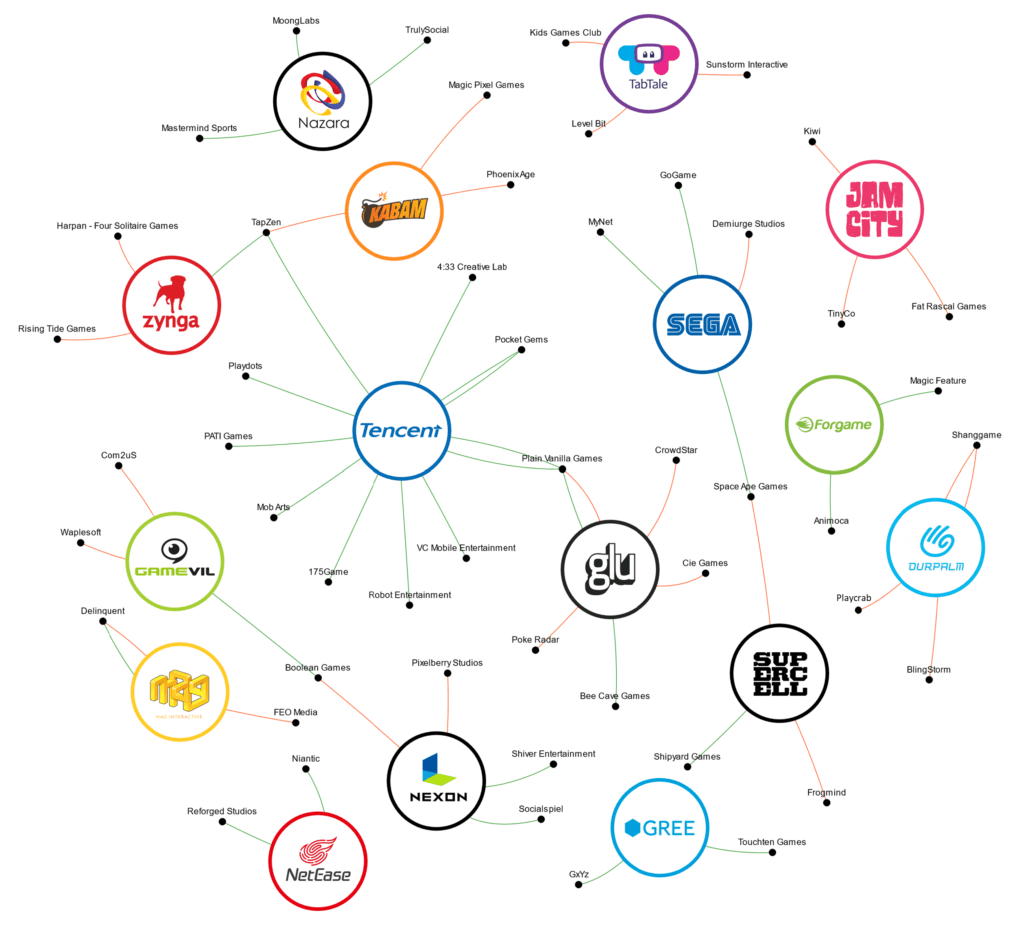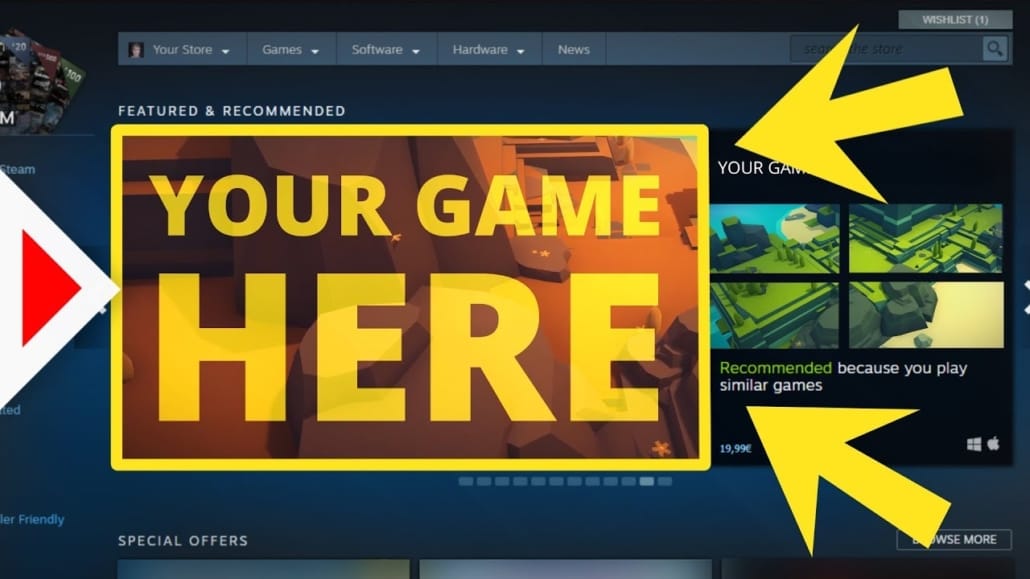The world of game development is a landscape of immense creativity and limitless potential. Yet, in this thriving ecosystem, there’s a challenging hurdle that every developer must face: getting their game noticed. With thousands of games released each year, it’s easy for even the most exceptional creations to get lost in the crowd. This is where game publishing comes into play. In this article, we’ll explore the strategies to crack the game publishing code and rise above the competition.
The David and Goliath Scenario: Beating Big Publishers
It’s a common belief that indie developers are David going up against the Goliaths of the gaming industry – the big publishers. While big publishers have substantial resources and budgets, indie developers possess agility, innovation, and the power of niche markets. Here’s how you can beat the giants:
Know Your Niche: Big publishers often target mass markets. As an indie developer, you can focus on niche audiences with specific interests. Understand your target audience’s needs, preferences, and pain points to create a game that resonates deeply.
Innovate: Innovation is your secret weapon. Big publishers tend to follow established trends, but you can take creative risks and introduce fresh gameplay mechanics, art styles, or storytelling techniques.
Build a Community: Engage with your audience early in development. Use platforms like Discord, Reddit, and social media to build a community around your game. Crowdsourcing ideas and involving your audience can generate buzz.
Lean Marketing: Be smart with your marketing spend. Focus on targeted campaigns that reach your niche audience rather than blanket advertising. Platforms like Facebook Ads and Google AdWords allow for precise targeting.
Rising Above the Noise: Topping the Marketplace
Once your game is ready for launch, the next challenge is to shine in the marketplace amidst fierce competition. Here’s how to make your mark:
Effective Store Page: Invest time and effort in creating an enticing store page. High-quality screenshots, compelling descriptions, and engaging trailers can grab the attention of potential players.
Leverage User Reviews: Encourage early players to leave positive reviews. Positive user reviews not only attract more players but also boost your game’s visibility in app stores.
Localization: If feasible, localize your game for different regions. This can significantly broaden your potential audience and increase downloads.
Cross-Promotion: Partner with other developers for cross-promotion. This can help both games reach a broader audience.
The Data-Driven Advantage: Knowing Your Game is Working
In the world of game publishing, data is your best friend. It provides insights into player behavior, helps you make informed decisions, and fine-tunes your game’s performance. Here’s how data analytics can help:
Player Retention: Monitor player retention rates to identify when and why players are dropping off. Adjust your game accordingly to keep players engaged.
In-Game Analytics: Analyze in-game data to understand player behavior. This can inform level design, gameplay mechanics, and monetization strategies.
A/B Testing: Conduct A/B tests to evaluate different game elements such as pricing models, in-app purchases, or ad placements. Optimize based on the results.
User Acquisition Costs: Keep an eye on user acquisition costs. Ensure that the cost of acquiring a player is justified by their lifetime value (LTV).
Community Feedback: Combine data analytics with community feedback. Sometimes, player sentiments and anecdotes can reveal insights that data alone can’t provide.
Real-World Example: Flappy Bird
The success story of “Flappy Bird” by Dong Nguyen is a prime example of how a small developer can crack the code. It was a simple game that went viral due to its addictive nature. Dong Nguyen engaged with his audience and continuously updated the game based on user feedback. The game’s success showcased the power of grassroots marketing and community engagement.
In conclusion, cracking the game publishing code as an indie developer involves a mix of innovation, audience engagement, strategic marketing, and data-driven decision-making. By understanding your niche, making your game stand out in the marketplace, and harnessing the power of data, you can not only compete with big publishers but also carve a unique space for your game in the ever-expanding world of gaming. So, start cracking the code and let your game shine!
Check Our Portfolio
🎮🚀 #GamePublishing #IndieGameDev #GameMarketing #DataAnalytics #GameDevelopment




